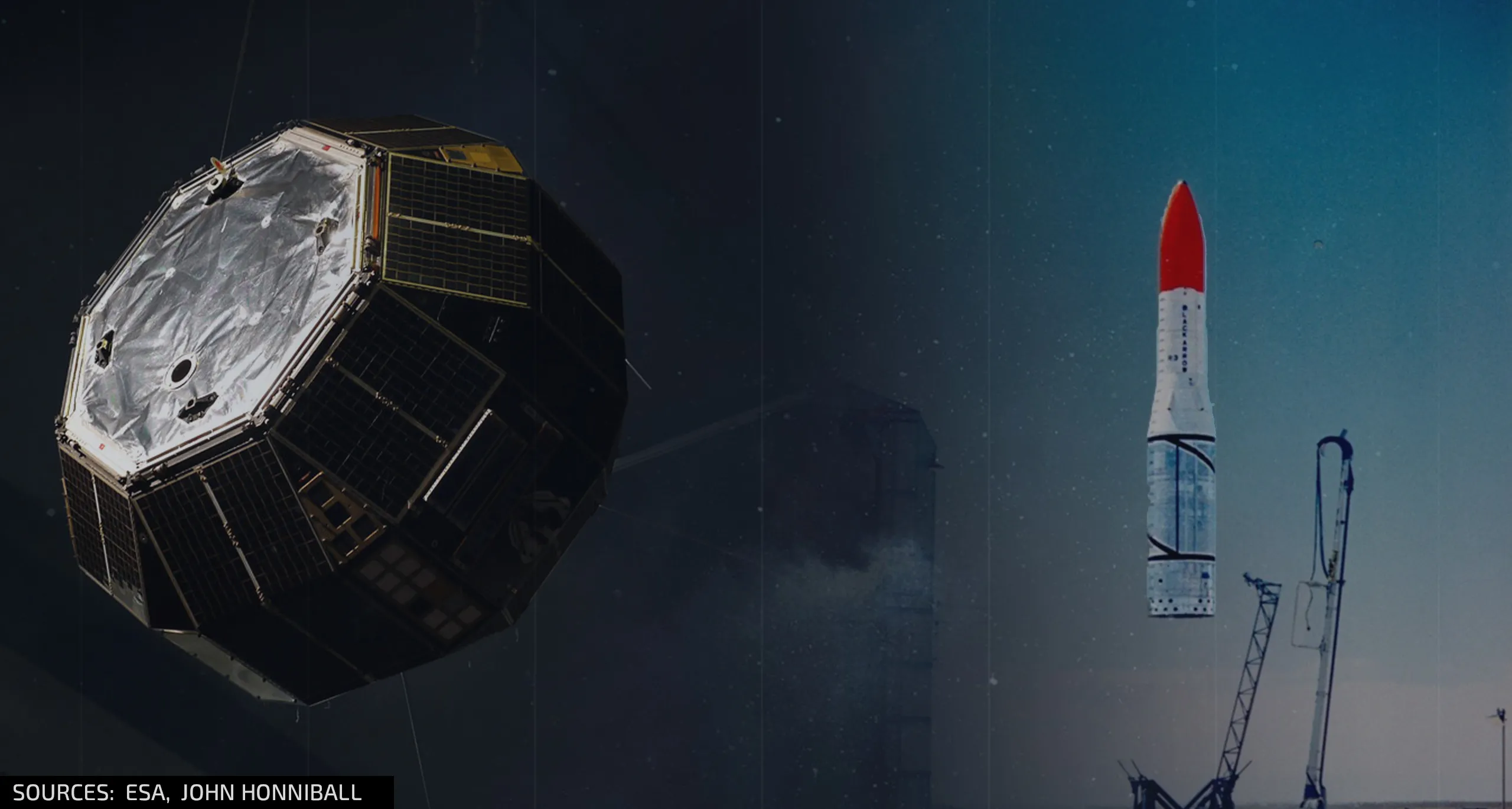European Probe Known As ‘Comet Chaser’ to be Designed in the UK

The design work for a space mission established by the European Space Agency (ESA) involving the first ever 3D mapping of a comet will shortly commence in the UK.
Two contracts to design the spacecraft were distributed, one of the contracts being awarded to Thales Alenia Space, an aerospace manufacturing company specialising in the space industry. The manufacturing company has three locations within the UK, employing almost 200 highly skilled scientists and engineers.
The contract for the spacecraft design also includes the commission of a design concept for a smaller robotic probe which will be used for ESA’s Comet Interceptor mission. A portion of the design efforts will also take place in Italy.
The European Space Agency mission will see the main space probe travel to an unidentified comet to map the body of dust and rock in three dimensions, alongside two smaller probes; one of which will be built by Thales Alenia Space, the other by the Japanese Space Agency.
The mission adopted by the European Space Agency was initially pitched by an international group headed by Edinburgh and University College London. The lead scientist for this mission is based in Surry at the Mullard Space Science Laboratory.
Potential contributions have also been offered by various UK academia to support the implementation of scientific mechanisms onboard the space probe that would be able to examine the unidentified comet in unparalleled detail.
The spacecraft known as Comet Interceptor will be launched into orbit, where it will wait for a suitable target identified by astronomers. Once a suitable comet has been chosen for examination, the spacecraft will deploy the two smaller robotic probes. The robotic probes will have the ability to come within extreme proximity to the comet’s nucleus and communicating this data back to the main space probe.
The two robotic probes which measure approximately 30cm in length, will take only a number of hours to retrieve the comet’s data which could potentially detail over 4 billion years’ worth of conditional information. This tactic for such data retrieval has not previously been put to the test.
Previous comet studies have examined comets in short orbits, meaning that the data gathered from the comet’s nucleus will have been significantly affected by the light and heat radiated by the Sun. The Comet Interceptor mission will target a comet on its first approach to the Sun.
Once the chosen comet has been identified, the European Space Agency and Japanese Space Agency probes will examine and analyse the chemical composition of the comet, with the aim of evaluating similar bodies of mass that may have previously transported water to Earth.
The Comet Interceptor mission is scheduled for launch in 2029 alongside the Ariel Space Telescope: an additional space mission backed by ESA with the aim of studying exoplanet atmospheres orbiting various distant stars.
References:
1. GOV.UK (2020), European ‘comet chaser’ probe to be designed in UK
2. Machinery Market (2020), European ‘comet chaser’ probe to be designed in UK
3. Rocketeer (2020), European ‘comet chaser’ probe to be designed in UK



